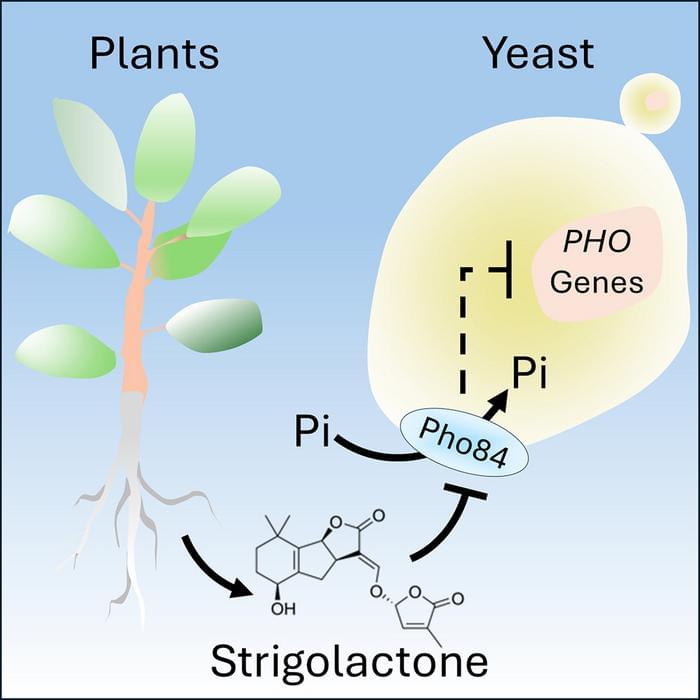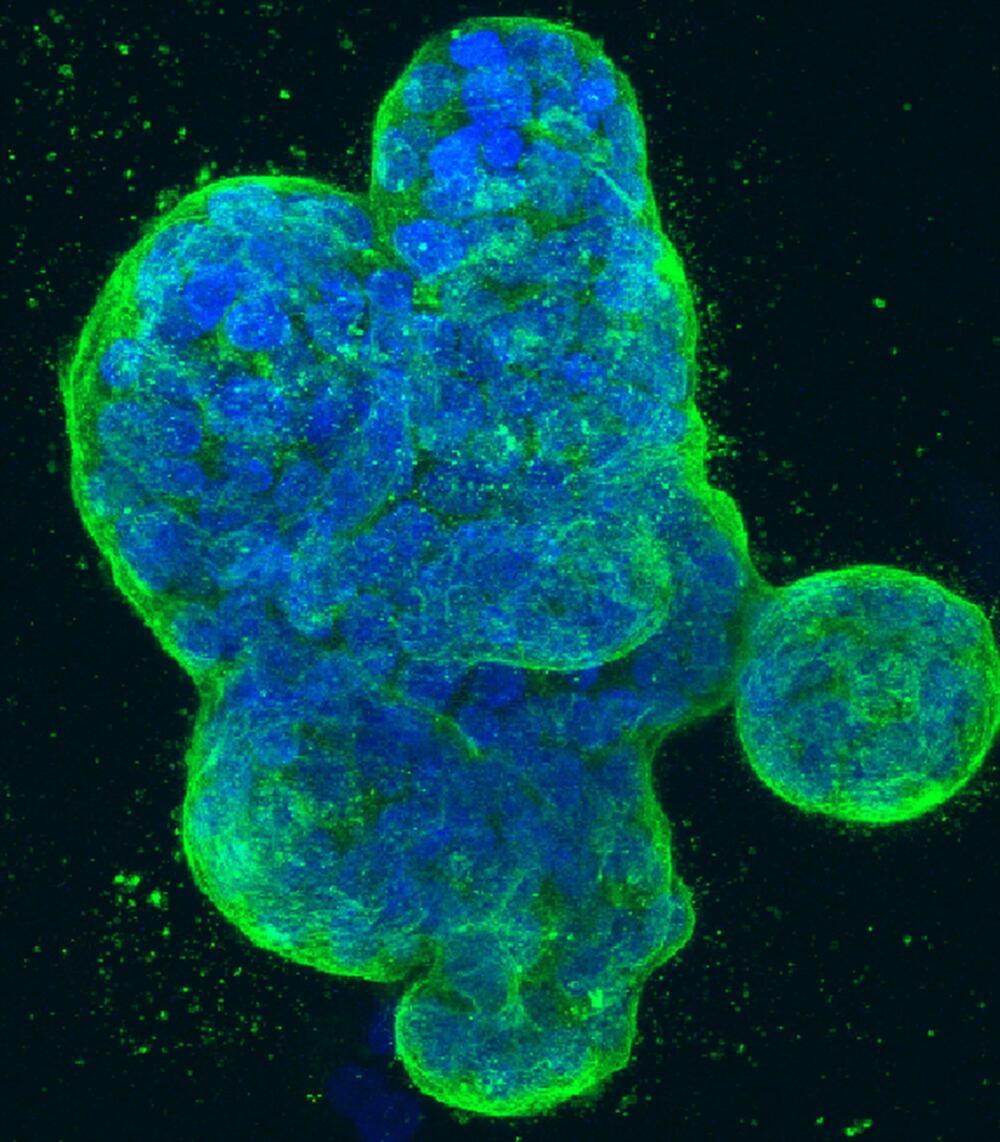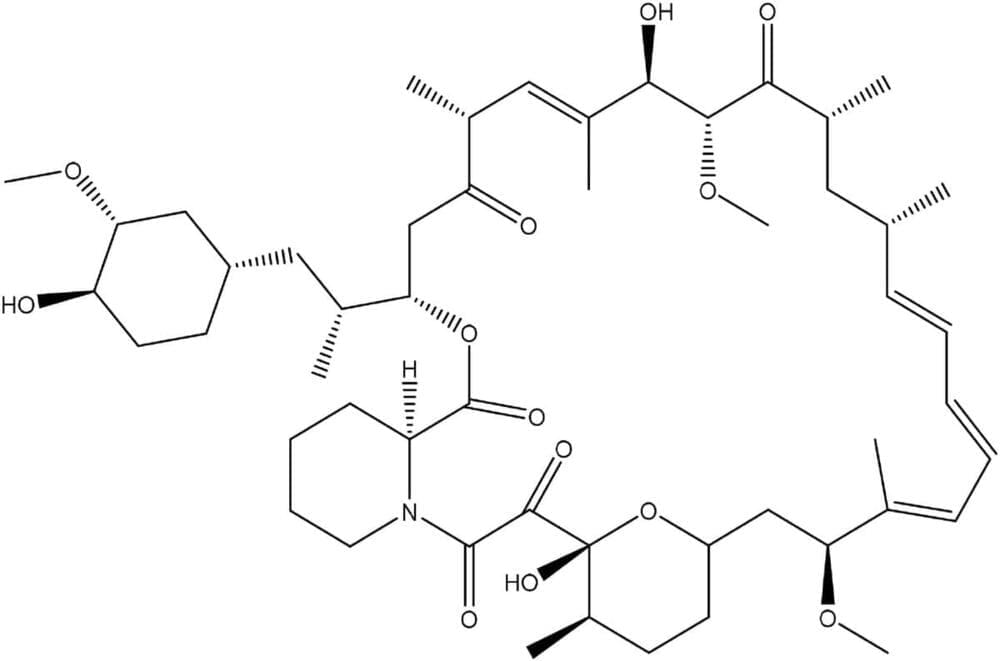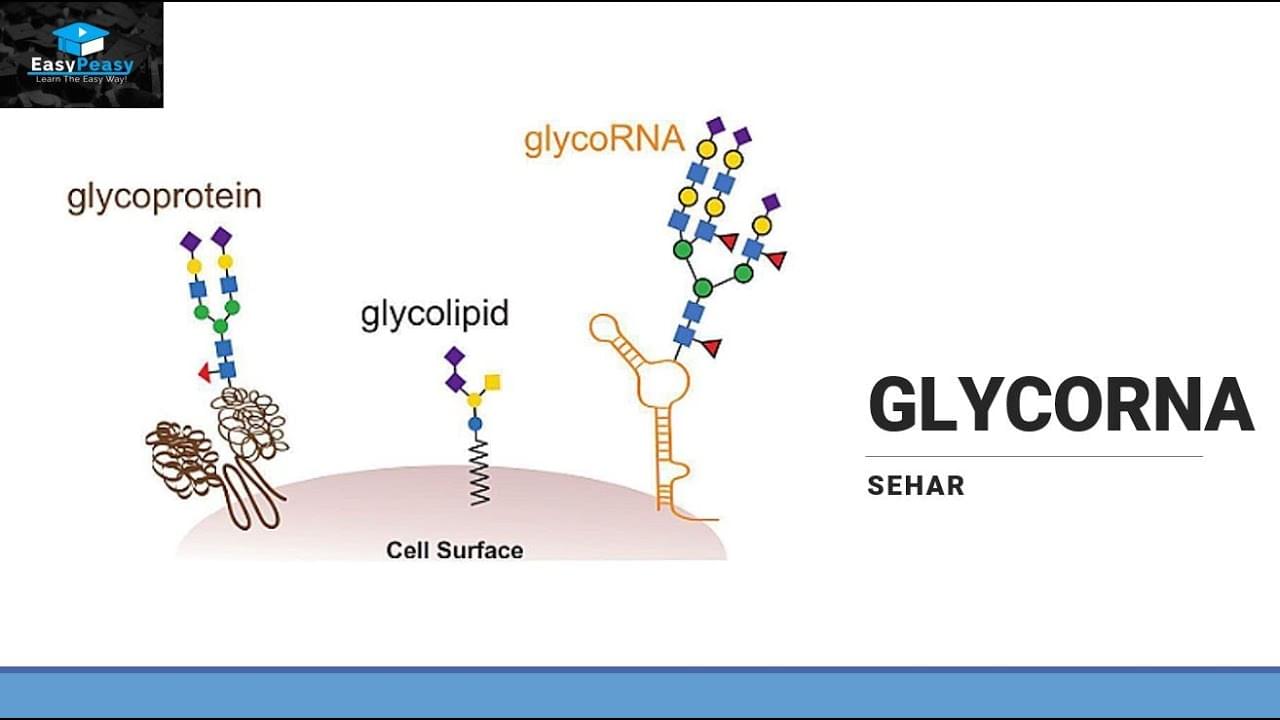Oct 18, 2024
Enhancing Crop Health: Understanding Plant-Fungi Symbiosis
Posted by Laurence Tognetti, Labroots Inc. in categories: biotech/medical, food, health
How do plants and fungi communicate with each other? This is what a recent study published in Molecular Cell hopes to address as an international team of researchers investigated the “language” conducted between plants and fungi that enables fungi growth. This study holds the potential to help scientists and farmers better understand how to fight disease-causing fungi by growing crops with greater resilience and adversity.
“As we begin to understand how plants and fungi communicate, we will better understand the complexities of the soil ecosystem, leading to healthier crops and improving our approach to biodiversity,” said Dr. Shelley Lumba, who is an assistant professor in the Department of Cell and Systems Biology at the University of Toronto and a co-author on the study.
For the study, the researchers examined strigolactone (SL), which is a class of plant hormones and signaling molecules responsible for plant development, with the team focusing on how SL influences fungi growth and development by testing SL with yeast. In the end, the researchers found that SL triggered certain genes called “PHO” that are responsible for phosphate metabolism, along with finding that plants release SL when they are low on phosphate, forcing the yeast to alter the amount of phosphate consumes by triggering the protein, Pho84.

















